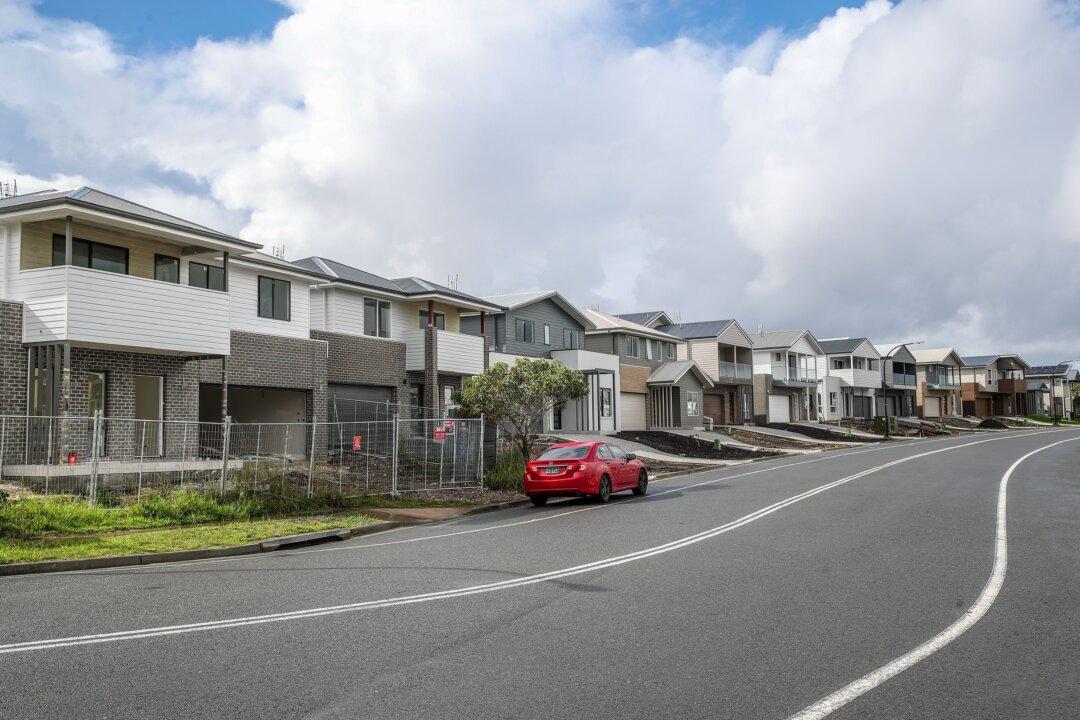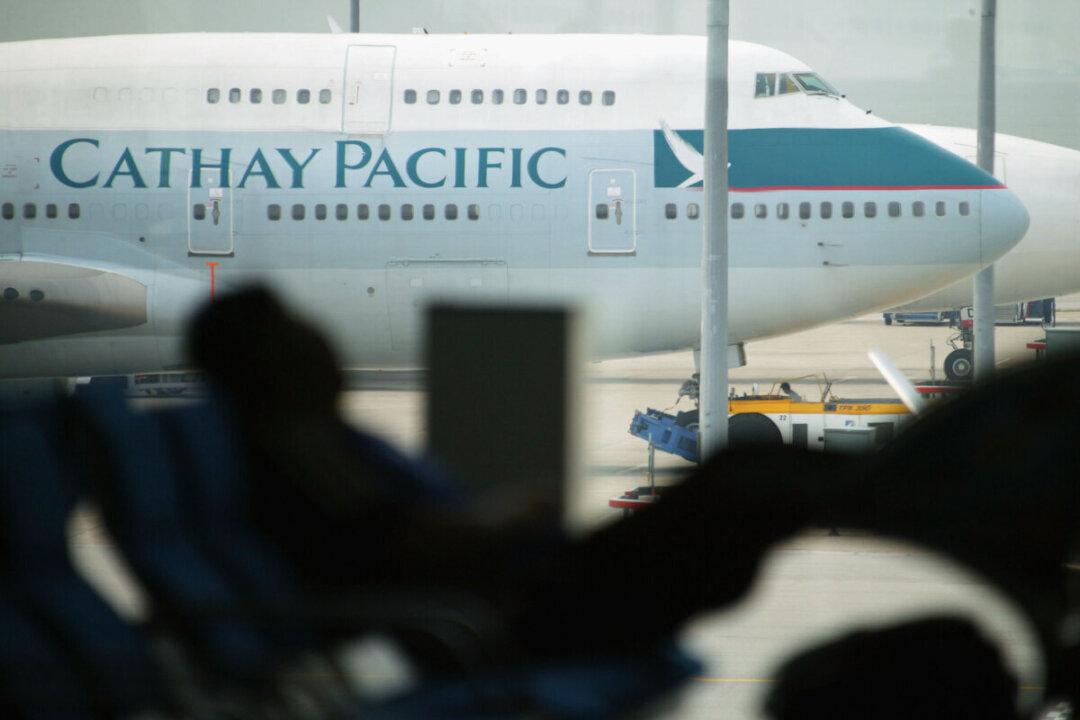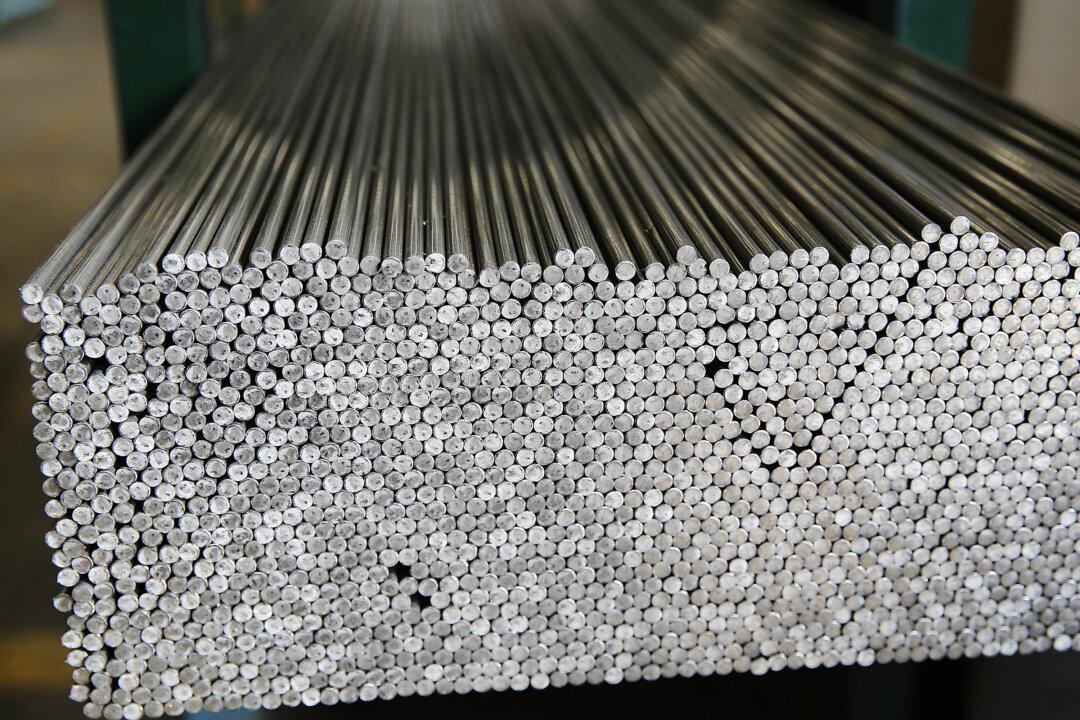BHP is expected to provide an update on the future of its Western Australian nickel operations by August as it continues to review its plans for the assets while focusing on preserving cash.
“In Western Australia, we expect to announce a decision on the future of our nickel business in the coming months, where efforts to optimise operations and preserve value are underway,” BHP CEO Mike Henry said.




